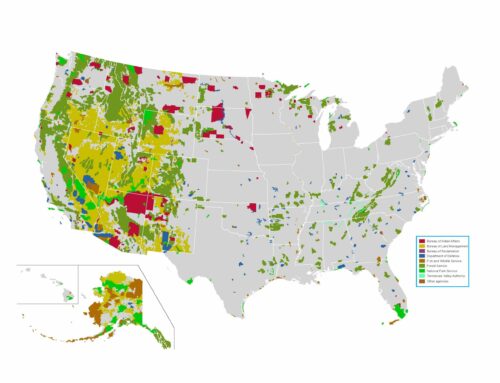by Greg Walcher, E&E Legal Senior Policy Fellow
As appearing in the Daily Sentinel
I served as President of Club 20 through the decade of the 1990s, a period of great change and significant growth for the organization, which had been around for 40 years as the voice of the Western Slope. I followed in the footsteps of two giants, my predecessors John Vanderhoof and Bill Cleary, who had run the organization for the two decades before and had forgotten more western Colorado history and politics than I would ever learn. Yet they both shared most of the same frustrations we faced during my tenure there.
We were frequently confronted by Front Range leaders accusing us of unfounded distrust. “No one here is ignoring the Western Slope,” they patronizingly assured us. In Washington, a member of the president’s cabinet told us, “You always act like the poor picked-on stepchildren.” Once we even hosted a senior California official who scolded our annual convention, “The Western Slope always thinks someone’s trying to steal its water.” We were accused of such paranoia so often that I had a standard response: “Well, we have a long history to base that on.”
Western Colorado is different today than in the 1990s when we battled the use of state funds to build Denver’s airport, fought for local involvement in managing public lands and worked to bring fiber-optic connectivity to rural communities. The population is more diverse than in the 1950s when Western Slope newspaper publishers founded Club 20. Its tourism economy is substantially different than in the 1960s when boosters Art Moss and Dale Hollingsworth launched Club 20’s highly successful “friendly native” program.
Indeed, many of today’s Western Slope communities bear little resemblance to those days. In many ways they have much less in common, as shown by election returns in any of the last 10 cycles. Moffat, Rio Blanco, Mesa, Delta, Montrose, and Montezuma counties are reliably on one side, while Routt, Summit, Pitkin, Gunnison, San Miguel, and La Plata are on the other. Several of those counties still have very strong agricultural economies, along with mining, power production and forestry. Others are almost entirely dependent on tourism, and still others have amazingly diverse economies in this era of instant communication, rapid travel and work-from-anywhere. Some communities are now more economically connected to Denver than Grand Junction; some are playgrounds for the rich while others still have trailer parks; some have efficient public transportation systems; others are too rural to need them.






